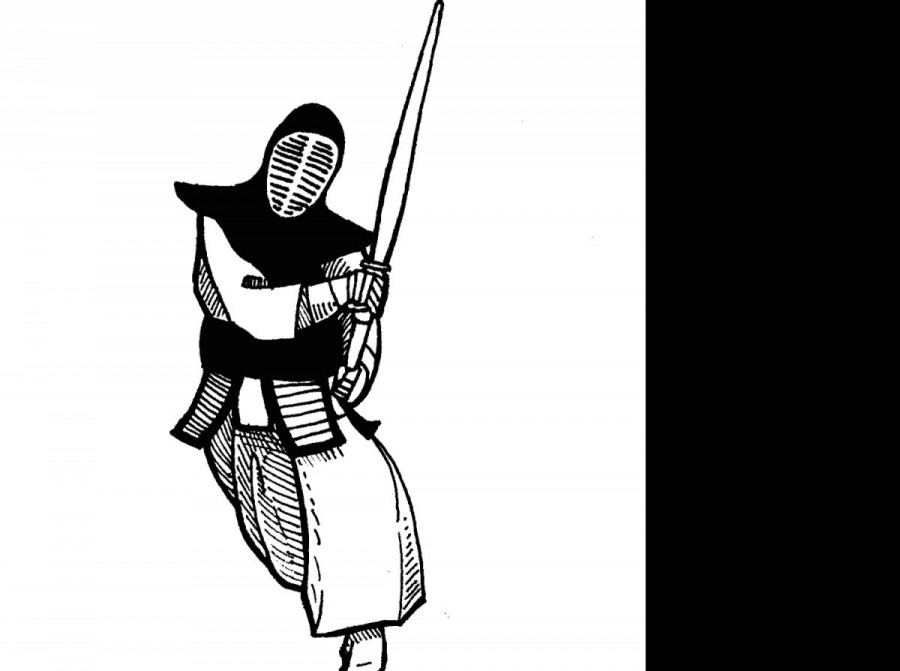The Way of the Sword
Japanese Fencing Class Gets It On at Loyola
Sword fights and battle cries filled the air at Loyola Gym last Tuesday as Concordia’s Shidokan Kendo & Iaido Club held an open house to kick off the semester, drawing a crowd of four dozen experienced and amateur fighters.
“Kendo is commonly known as the way of the sword. It is the equivalent to Japanese sire fencing, with emphasis on one kill,” explained third-degree-ranked Kendo student Michael Kim. He says it takes focus to hit properly.
“There’s a lot of stamina, concentration, aggressiveness, and a lot of things to coordinate to make a valid hit,” he said.
Now in its 13th year at Concordia, Kendo is one of the many martial arts offered by Concordia’s Department of Recreation and Athletics. Outside of Concordia, there are nine other registered Kendo schools in Quebec, including ones at McGill and the Université de Montréal.
After a meditation period, the noise level picked up drastically in the gymnasium, largely because of the participants’ use of the kiai—a type of battle cry that focuses energy.
“The first and most basic form is to yell from the bottom of your stomach,” said Kim. “It trains the beginners to develop spirit and stamina, and helps the more experienced to focus.”
Before senior student Juan Vasquez went on to teach the beginners basics, he explained the importance of the use of a shinai, a bamboo weapon representing a Japanese sword. “Avoid gift-store replicas; you need real equipment,” said Vasquez.
As the class went on, beginners learned classroom etiquette: how to enter and exit it properly, how to kneel prior to going into mokuso—the meditation done at the beginning and end of every class—and how to hold, walk, strike and charge with a shinai.
“Onegai shimasu,” the newcomers repeated after Vasquez. In Kendo, it is important to know how to ask to practice with one another, and to thank them—“arigato gozaimashita”—as well.
Kendo’s grading system is also unique, since the grading is done on the inside, not the outside, until one reaches their first Kyu — the equivalent to a brown belt Karate.
“The major difference is that we don’t wear a belt to show it,” Kim said. From then on, rankings move on to a national marking system. This is when judges gather to evaluate and pass students on to their next respected level.
“Twice a year, either in Toronto, Vancouver or Montreal, that’s where everybody has to come. We have qualified judges from all over Canada coming […] to give you a pass or fail,” Kim said.
The highest rank one could reach in Kendo is an eighth Dan, which can only be achieved by holders of the seventh degree deemed to be “socially outstanding,” are 48 years old or older, and for whom at least 10 years have passed since reaching the 7th level.
Given that list of characteristics, it’s no surprise that since the end of the Second World War, only 400 people have achieved it.
Kendo practices happen Tuesdays and Saturdays at the Loyola Gym. A semester-long pass costs $55.00 for students, and $65.00 for the general public. For more information, visit shidokanmontreal.ca

_600_832_s.png)
